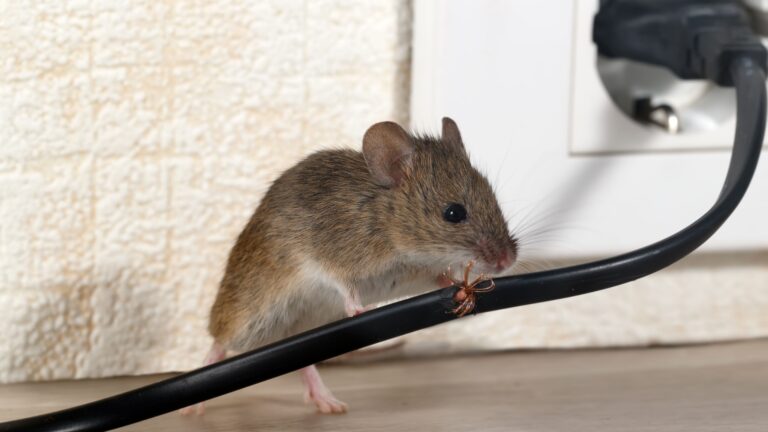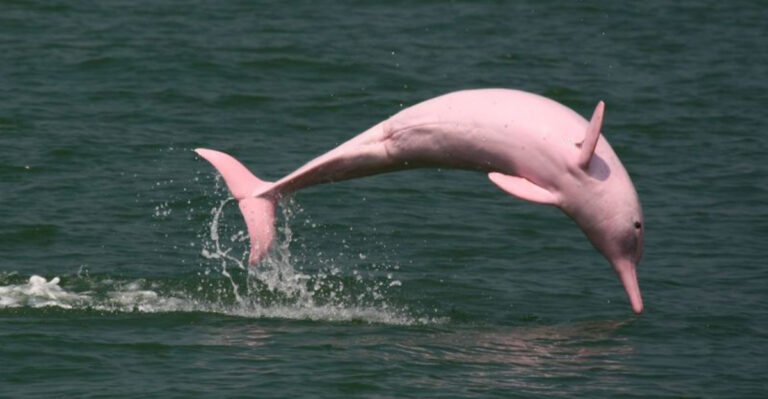How Sharks Thrive In The Deepest Parts Of The Ocean
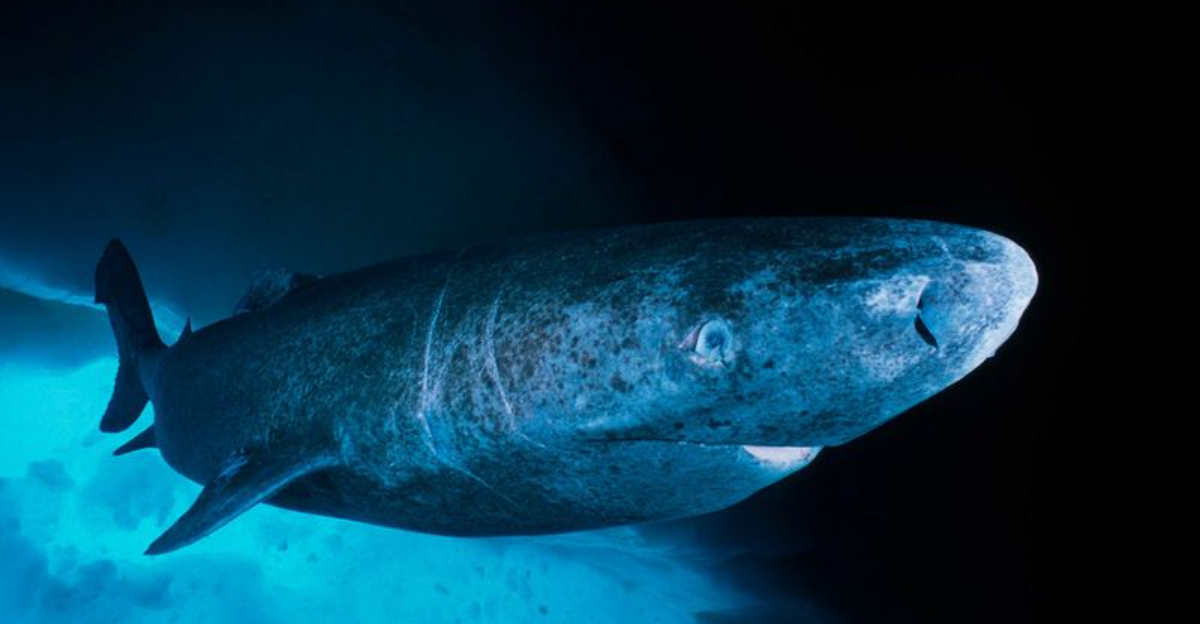
The ocean’s darkest depths hide some of nature’s most mysterious predators – sharks that have evolved incredible adaptations to survive crushing pressure, frigid temperatures, and perpetual darkness. These deep-sea sharks have developed unique abilities that let them hunt, mate, and thrive where few other creatures can survive.
From glowing bodies to expandable jaws, these remarkable hunters show just how adaptable sharks can be.
1. Pressure-Proof Bodies
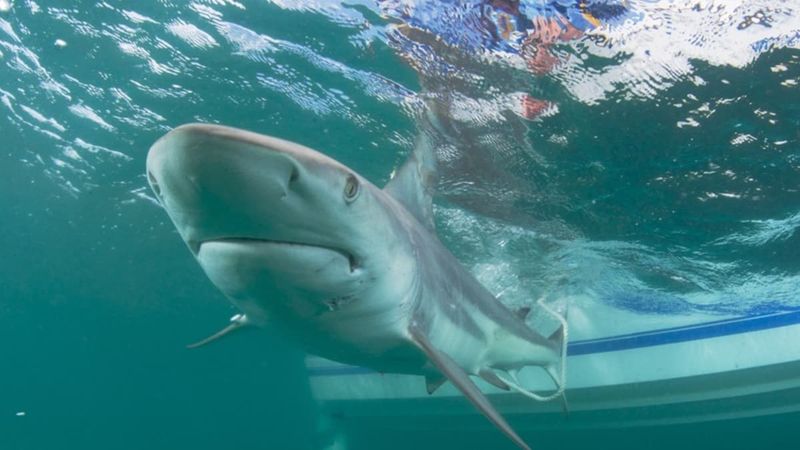
Imagine being squeezed by the weight of 100 elephants and still swimming comfortably! Deep-sea sharks have flexible cartilage skeletons instead of rigid bone, allowing their bodies to withstand enormous pressure without being crushed.
Their tissues contain special compounds like TMAO that prevent proteins from being damaged under pressure. This clever adaptation keeps their cells functioning normally even miles below the surface.
2. Glow-In-The-Dark Bellies
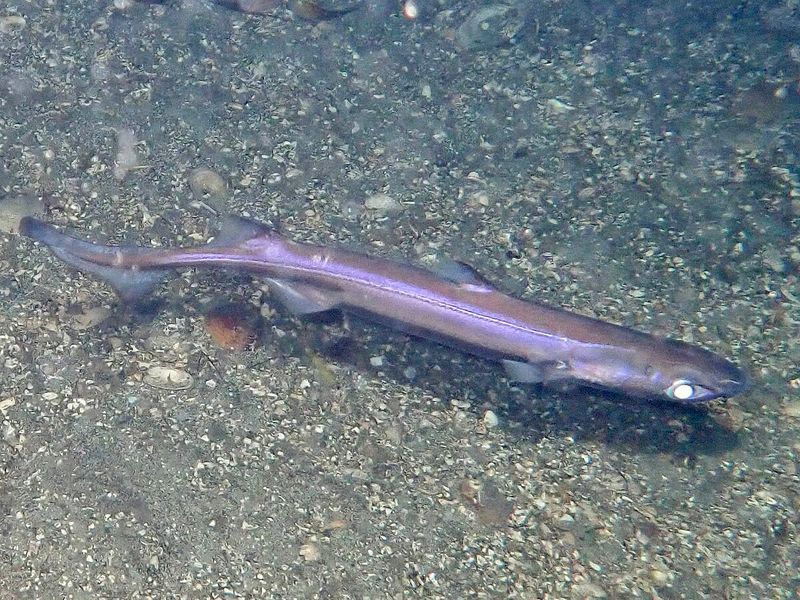
Like underwater ninjas with light-up suits, many deep dwellers have bioluminescent bellies that help them disappear. This clever trick is called counterillumination – their glowing undersides match the faint sunlight from above, erasing their shadows.
Predators looking up can’t spot them against the dim background light. Some species can even control their glow’s intensity to match changing light conditions as they swim at different depths!
3. Super-Sized Eyes
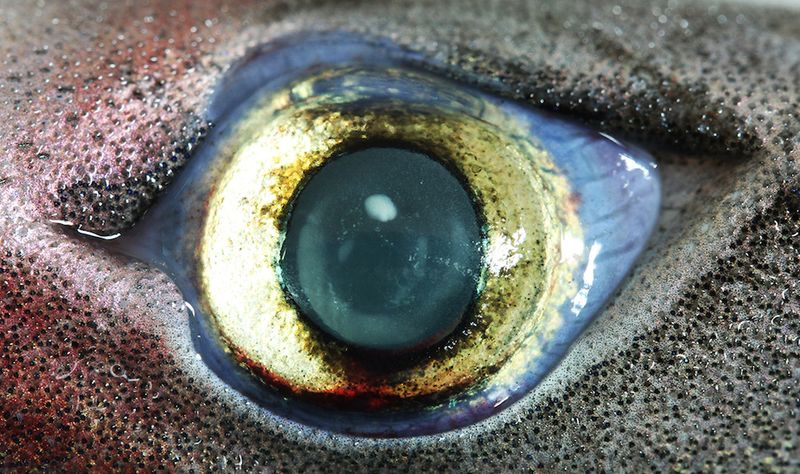
Ever tried finding your way in a pitch-black room? Deep-sea sharks face this challenge constantly! Their eyes can be up to 100 times more sensitive to light than human eyes.
Special reflective layers behind their retinas, called tapetum lucidum, bounce light through photoreceptors twice, capturing every possible photon. Some species have eyes proportionally as large as dinner plates would be on our heads!
4. Jelly-Filled Bodies
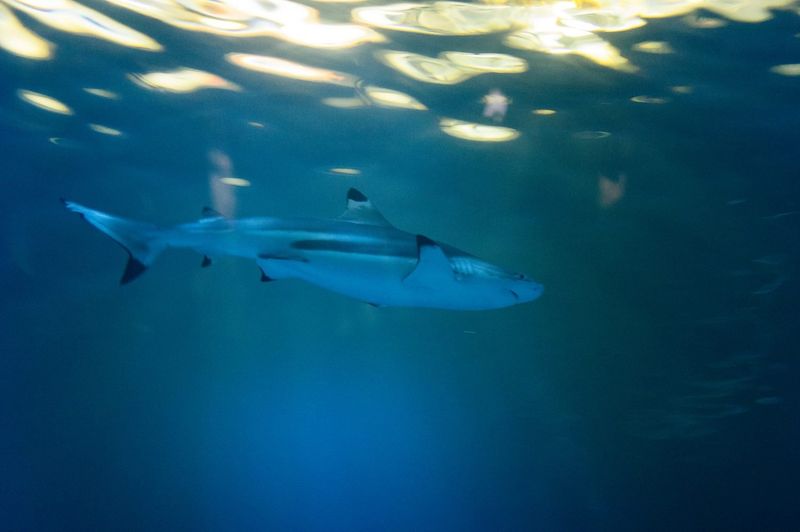
Floating through the abyss without sinking requires some clever biology tricks! Many deep-sea sharks have bodies filled with low-density oils and jelly-like substances instead of dense bone.
This buoyancy hack helps them hover effortlessly without constantly swimming. The Greenland shark’s flesh contains so much urea and trimethylamine oxide that it’s actually toxic to most animals – yet these compounds help maintain perfect buoyancy!
5. Energy-Saving Metabolism
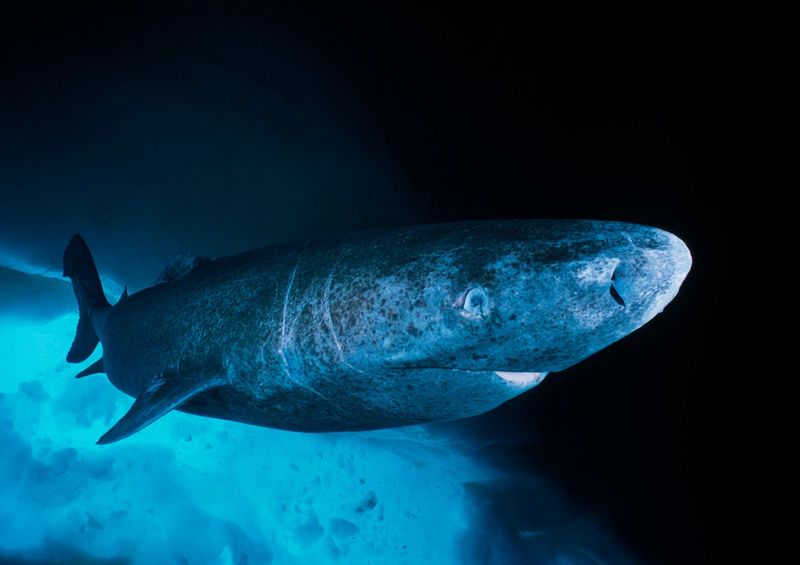
Waiting months between meals? No problem for these deep-sea champions! Their metabolism runs in super-slow motion compared to surface sharks.
The Greenland shark grows less than half an inch per year and can live over 500 years. Their heart rates are incredibly slow too – sometimes just one beat per minute in the coldest depths. This energy conservation strategy turns them into living submarines that rarely need refueling.
6. Expandable Jaws
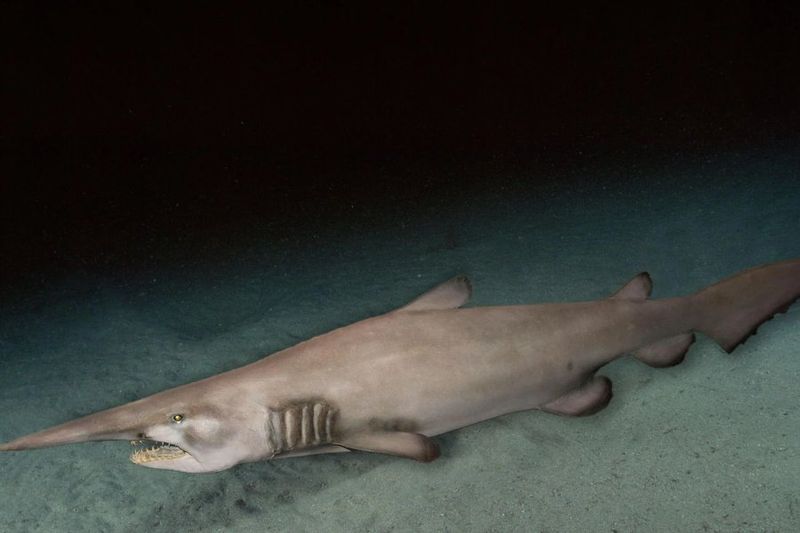
Food is scarce in the deep, so when dinner appears, you better not miss! Many deep-sea sharks have jaws that unhinge like a snake’s, allowing them to swallow prey larger than their own heads.
The goblin shark can project its entire jaw forward like a built-in fishing rod. This spring-loaded hunting technique happens in milliseconds, giving prey virtually no chance to escape once they’re within striking distance.
7. Built-In Fishing Rods
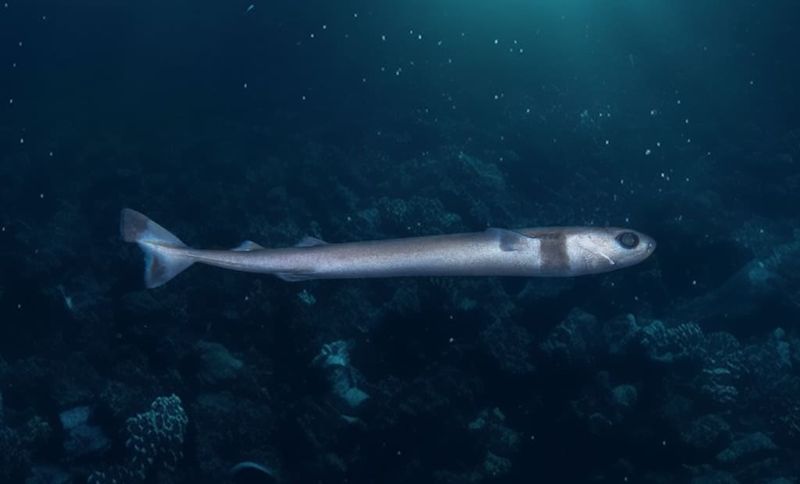
Why chase dinner when you can make it come to you? The cookiecutter shark dangles a glowing lure from its throat that attracts curious fish right to its mouth!
Meanwhile, the bizarre goblin shark uses its long, flat snout packed with electrical sensors to detect prey hiding in mud. When a meal is located, its slingshot jaws extend faster than you can blink. Nature’s perfect fishing system requires zero bait or hooks!
8. Super-Sensing Snouts
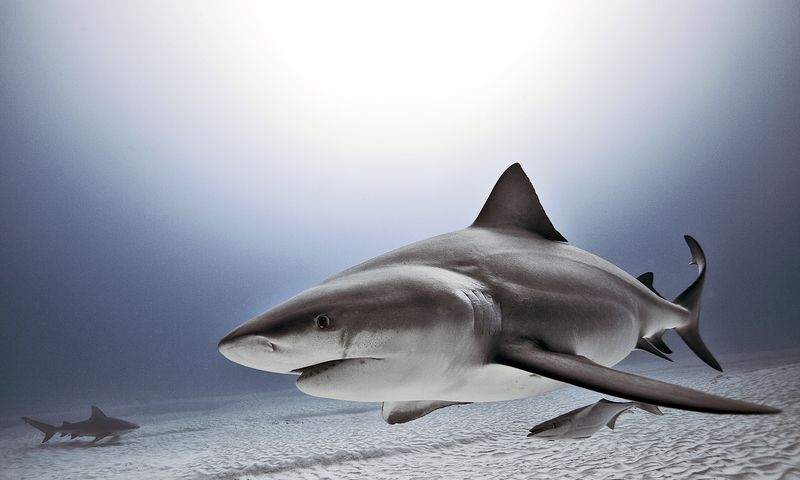
Forget night vision goggles – these sharks have something better! Their snouts contain thousands of jelly-filled pores called ampullae of Lorenzini that detect the tiniest electrical fields generated by all living creatures.
This sixth sense works like an underwater metal detector, helping them find prey hiding under sand or swimming in complete darkness. Some deep-sea species can detect electric fields as weak as five-billionths of a volt – that’s like finding a single battery in Lake Michigan!
9. Cold-Water Antifreeze
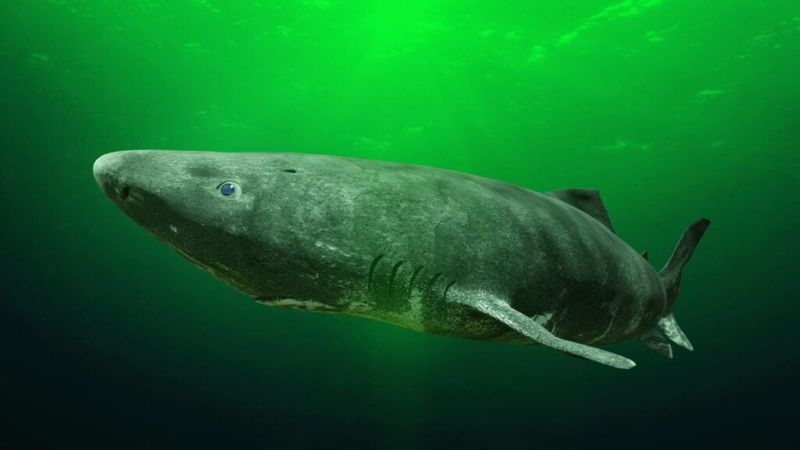
Brrrr! The deepest ocean layers hover just above freezing, but these sharks swim comfortably without turning into sharksicles. Their secret? Special proteins in their blood work like antifreeze!
These molecules bind to ice crystals as they start to form, preventing them from growing larger. Some deep-dwelling species also have higher concentrations of urea and TMAO in their tissues, which lowers their freezing point like salt on icy roads.
10. Recycling Specialists
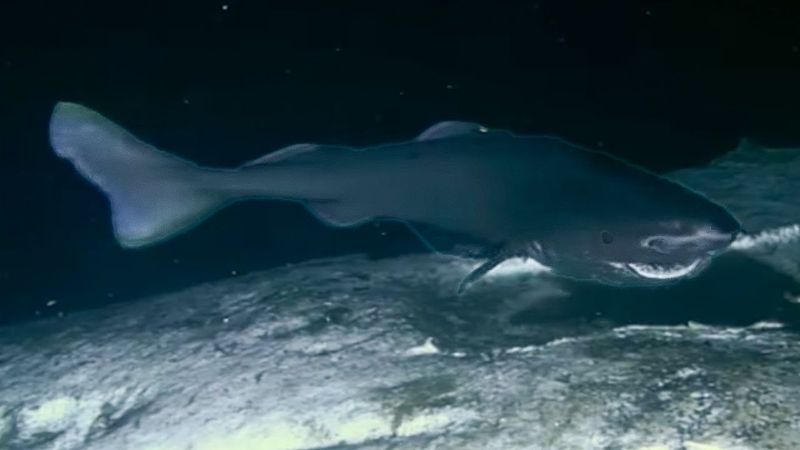
Nothing goes to waste in nature’s most efficient cleanup crew! Deep-sea sharks often serve as ocean recyclers, consuming dead animals that sink from above.
The sleeper shark can detect a whale carcass from miles away and will gorge itself so thoroughly it can go months without another meal. Their powerful digestive systems break down everything – bones, blubber, even toxic tissues that would kill other animals.
11. Slow-Motion Lifestyles
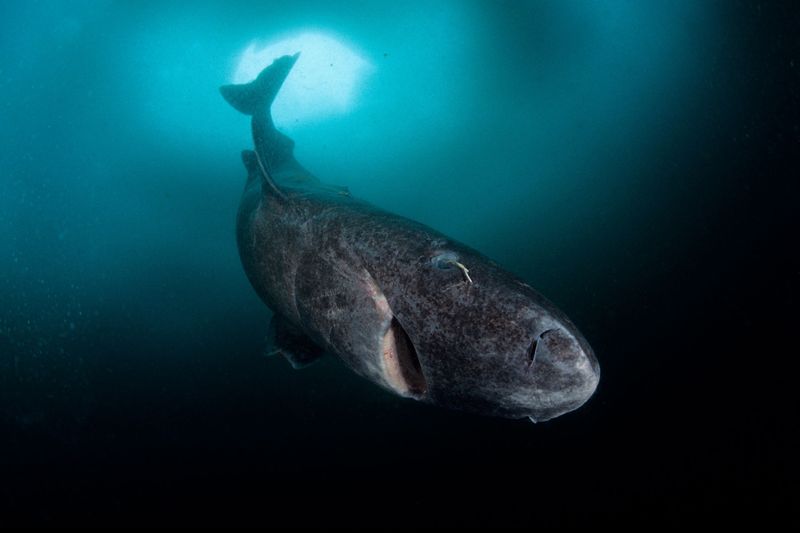
Racing through life? Not these deep-sea dwellers! The Greenland shark might be the tortoise of the shark world, swimming at a leisurely 0.8 mph – slower than you can walk.
This energy-conserving strategy pays off big time. These sharks can live over 500 years, making them Earth’s longest-living vertebrates!
12. Pressure-Resistant Brains
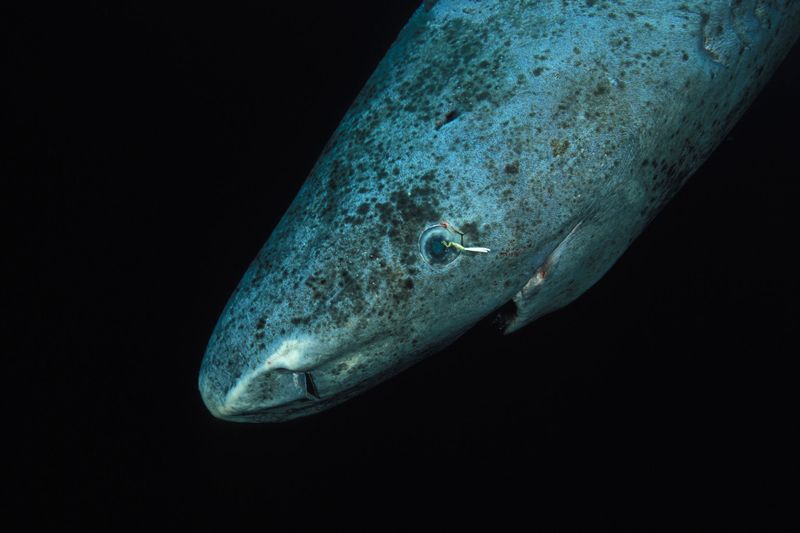
Your brain would literally stop working under deep-sea pressure, but these sharks keep thinking clearly miles below the surface! Their neural membranes contain special fatty acids that maintain flexibility under extreme pressure.
Their brain chemistry also includes pressure-stabilizing compounds that prevent crucial proteins from being crushed. Some deep-sea sharks even have simplified brain structures that require less energy to operate in their resource-scarce environment.
13. Communal Feeding Frenzies
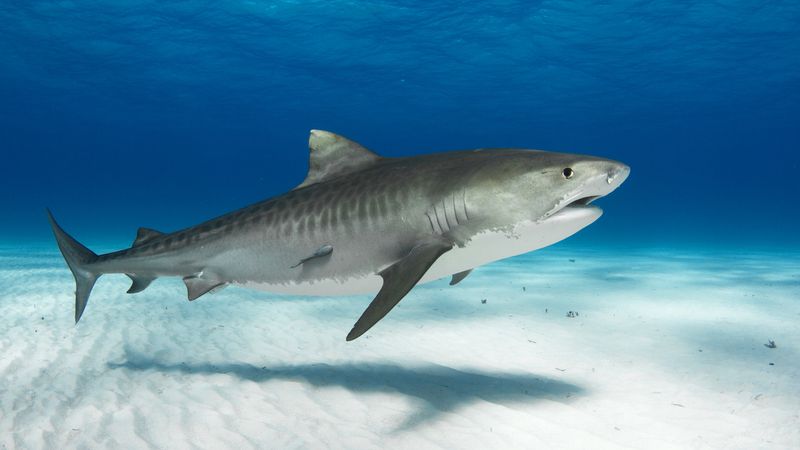
When a food bonanza appears in the deep, the word spreads fast! Certain deep-sea sharks gather in surprising numbers around large food sources like whale carcasses.
Scientists using deep-sea cameras have recorded dozens of normally solitary sharks appearing seemingly from nowhere when food descends from above. They communicate through body language and chemical signals, creating an underwater dinner party where everyone gets a bite.
14. Ultra-Efficient Oxygen Users
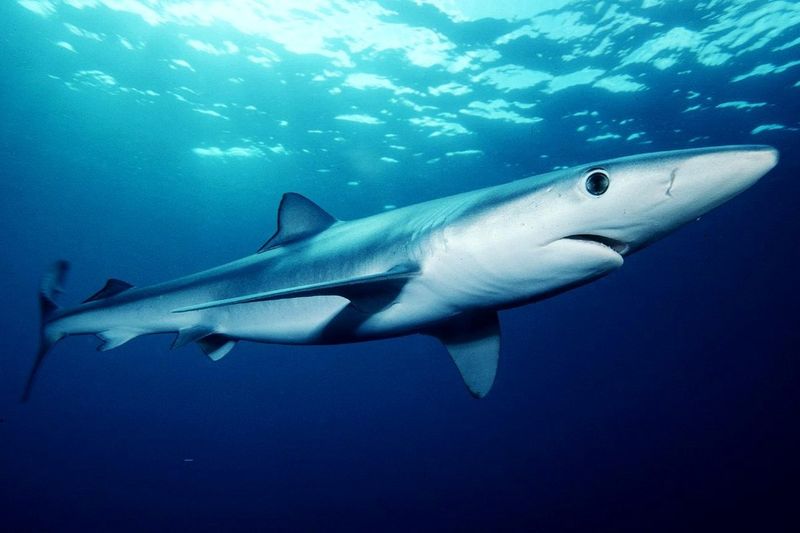
Oxygen gets scarce in the deep, but these sharks have breathing superpowers! Their blood contains higher concentrations of oxygen-binding hemoglobin than surface sharks, extracting maximum value from every gulp of water.
Their gills have special adaptations too – larger surface areas and thinner membranes that absorb oxygen more efficiently. Some species can even slow their breathing rate dramatically during rest periods, conserving energy while maintaining just enough oxygen to survive.


